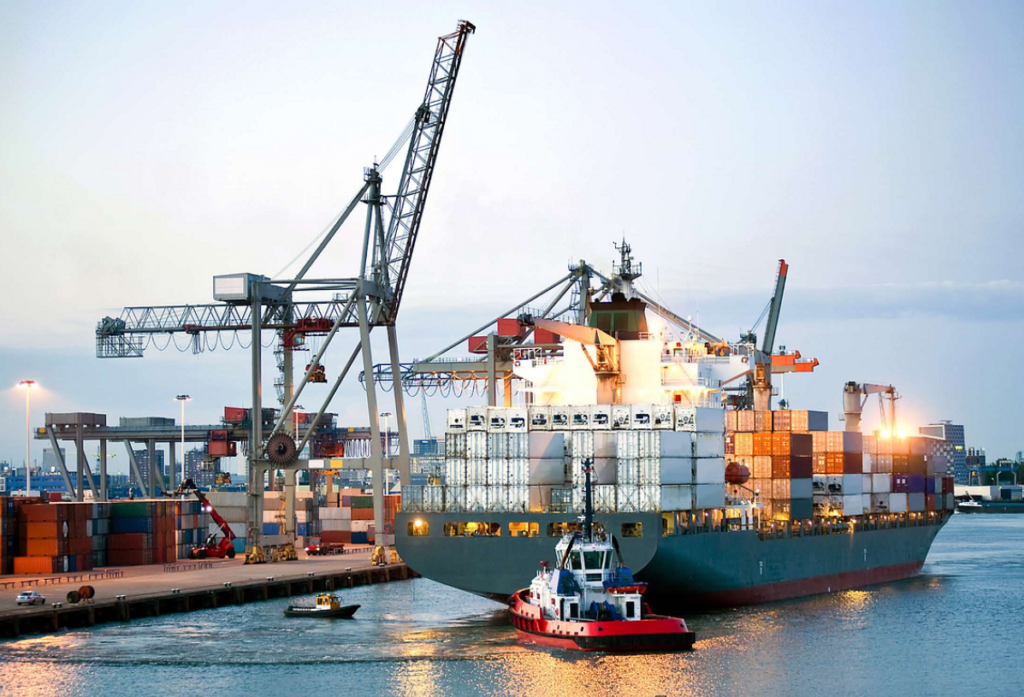Sea freight has played a significant role in global trade for centuries, and its importance has only increased with the evolution of technology and transportation. In the early days, sea freight was the primary mode of transporting goods across long distances, connecting continents and enabling international commerce. Over time, advancements such as containerization and improved port infrastructure have revolutionized the industry, making it more efficient and cost-effective.
Today, sea freight remains crucial for global supply chains due to its ability to handle large volumes of cargo at a relatively low cost. This mode of transportation is particularly suited for bulky or heavy goods that are not time-sensitive. Additionally, sea freight offers access to remote regions that may not be easily accessible by other means of transport. It also contributes significantly to reducing carbon emissions compared to airfreight, making it an environmentally friendly choice. With globalization continuing to drive international trade, sea freight will continue to play a vital role in connecting businesses worldwide. As technology continues to advance and new challenges arise such as climate change and sustainability concerns, the evolution of sea freight will likely focus on improving efficiency further while minimizing environmental impact.
Current Trends and Challenges in Sea Freight
The evolution of land transport has been marked by significant advancements and changes in recent years. One notable trend is the increasing size of container ships, with mega-vessels capable of carrying over 20,000 TEUs (Twenty-Foot Equivalent Units) becoming more common. While these larger vessels offer economies of scale and greater efficiency, they also pose challenges for ports and infrastructure as they require deeper berths and specialized equipment to handle their immense size. Another trend in sea freight is the adoption of digital technologies to enhance operational efficiency. The use of advanced analytics, artificial intelligence, and blockchain have the potential to revolutionize the industry by improving supply chain visibility, reducing paperwork, enhancing traceability, and optimizing cargo routes. However, integrating these technologies into existing systems can be a complex process requiring substantial investment and coordination among various stakeholders.
Despite these advancements, sea freight still faces several challenges. One major concern is environmental sustainability as shipping accounts for a significant portion of global greenhouse gas emissions. Efforts are being made to reduce carbon footprints through initiatives such as slow steaming or transitioning to cleaner fuels like liquefied natural gas (LNG). Additionally, geopolitical tensions worldwide can impact trade routes and lead to disruptions or increased costs for shippers. Navigating through regulatory changes related to customs procedures, tariffs, or trade agreements adds another layer of complexity for businesses involved in sea freight operations.

The Ever-Changing Landscape of Sea Freight
The world of sea freight is experiencing a significant shift due to the ever-changing landscape of land transport services. With advancements in technology and infrastructure, the traditional methods of transporting goods by sea are being revolutionized. Companies are now able to optimize their supply chain and reduce costs by utilizing efficient land transport systems. One key aspect of this transformation is the integration of digital platforms that allow for seamless coordination between sea and land transportation. These platforms provide real-time tracking and visibility, ensuring greater transparency throughout the entire supply chain. This means that companies can have better control over their shipments, reducing delays and improving overall efficiency.
One major driver of this transformation is the rise of intermodal transportation. Intermodal refers to the use of multiple modes of transportation, such as trucks, trains, and ships, to move goods from one location to another. By incorporating land transport services into their operations, shipping companies can optimize routes and reduce transit times significantly. This approach allows for seamless integration between different modes of transportation and provides greater flexibility in meeting customer demands.
Another factor driving change in sea freight is the development of new multimodal transportation networks. This allows for a more integrated approach to logistics, combining different modes such as rail, road, and waterways. Sea freight has undergone a significant evolution over the years, adapting to the changing needs and demands of global trade. One notable aspect of this evolution is the introduction of containerization. Prior to the 1950s, goods were typically loaded onto ships individually, resulting in slow and inefficient processes.
However, with the advent of standardized containers, it became possible to transport large volumes of cargo in a more streamlined and cost-effective manner. Another key development in sea freight is the increasing use of technology. With advancements such as GPS tracking systems and real-time data analytics, shippers now have greater visibility and control over their shipments. This not only improves efficiency but also enables better planning and decision-making throughout the supply chain.
In addition to these technological advancements, there has been a shift towards sustainability in sea freight. As concerns about climate change grow, there is an increasing focus on reducing carbon emissions from shipping operations. This has led to the adoption of cleaner energy sources such as liquefied natural gas (LNG) and electric propulsion systems for ships.


